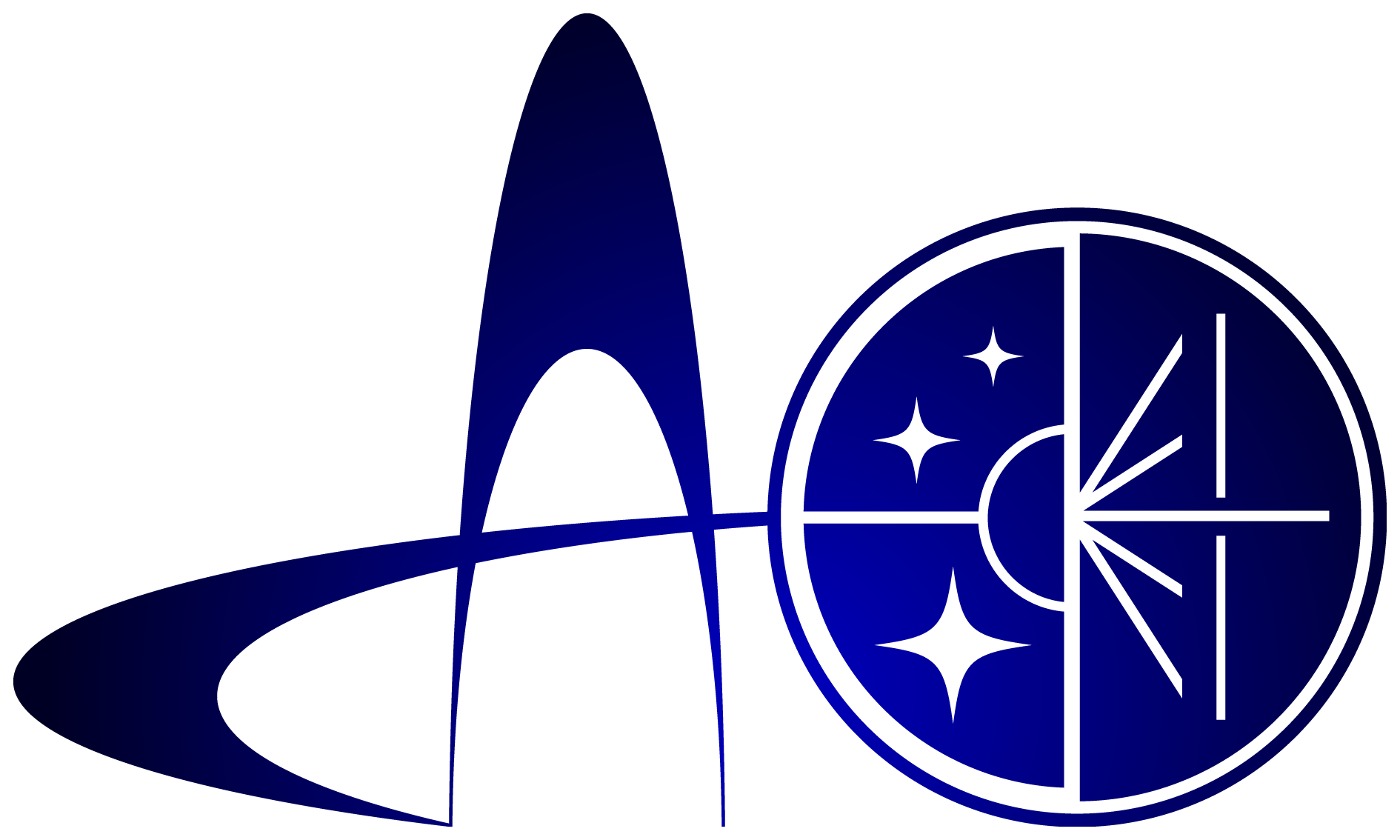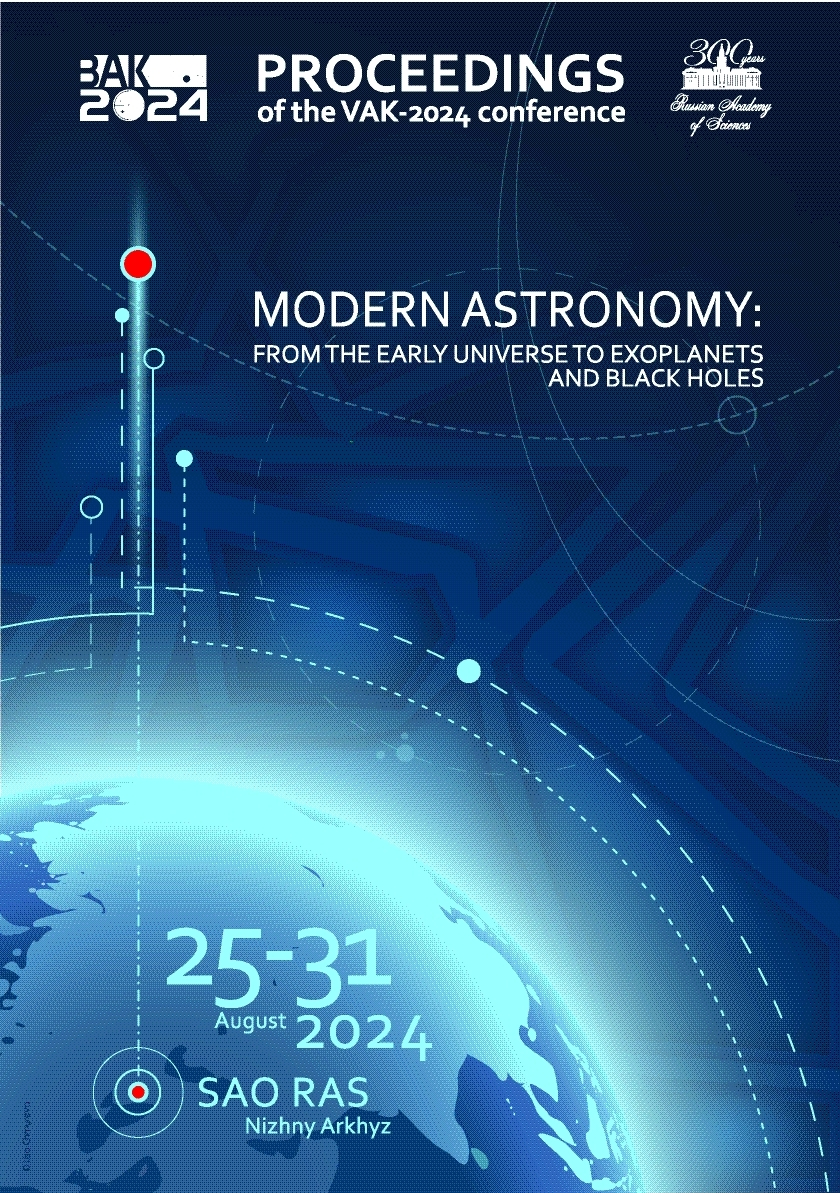UDC 524.3
UDC 524.6
UDC 53
UDC 520
UDC 521
UDC 523
UDC 524
UDC 52-1
UDC 52-6
CSCSTI 41.00
CSCSTI 29.35
CSCSTI 29.31
CSCSTI 29.33
CSCSTI 29.27
CSCSTI 29.05
Russian Classification of Professions by Education 03.06.01
Russian Classification of Professions by Education 03.05.01
Russian Classification of Professions by Education 03.04.03
Russian Library and Bibliographic Classification 2
Russian Library and Bibliographic Classification 223
Russian Trade and Bibliographic Classification 614
Russian Trade and Bibliographic Classification 6135
BISAC SCI004000 Astronomy
BISAC SCI005000 Physics / Astrophysics
We present a study of the flaring radio variability of four microquasars during last ten years with RATAN-600. The main aim of researches is a study of the daily light curves at seven frequencies of 1.2-30 GHz and in multi-azimuthal (MA) mode, when for 5h the fluxes are measured every 5-10 minutes at 4.7 and 8.2 GHz. In SS 433 dozens of bright flares were detected over last ten years. The brightest flare (5.5 Jy at 2.3 GHz) in the total history of GRS 1915+105 research occured in August 2023. In 2024 we have detected five giant radio flares in Cyg X-3 during hypersoft-to-hard X-ray states transits. These flares reached fluxes of 13-18 Jy and have similar properties: optically thick phase in the spectra in the beginning of a flare and the exponential fading for 5-30 days. We relate these events with an efficient formation of relativistic jets during the accretion of matter from a normal star. In the Gamma-ray binary LSI+61d303 with regular flares every 26.5 days, we have detected second period of 26.93 days that can be precession period of jets. We find a clear similarity of bright flares in microquasars.
X-rays: binaries; radio continuum: stars; radiation mechanisms: non-thermal, synchronton radiation
1. Broderick J., Russell T., Fender R., et al., 2021, MNRAS, 504, p. 1482
2. Cherepashchuk A., Dodin A., Postnov K., et al., 2022, Astronomy Reports, 66, p. 451
3. Egron E., Pellizzoni A., Righini S., et al., 2021, Astrophysical Journal, 906, id. 10
4. Hjellming R. and Johnston K., 1988, Astrophysical Journal, 328, p. 600
5. Marti J., Paredes J., and Estalella R., 1992, Astronomy and Astrophysics, 258, p. 309
6. Medvedev P., Khabibullin I., Semena A., et al., 2022, Astronomy Letters, 48, p. 389
7. Trushkin S., Bursov N., Shevchenko A., et al., 2021-2024, The Astronomer's Telegram, # 14821, # 15142, # 15671, # 15709, # 15964, # 15974, # 16168, # 16289, # 16581
8. Trushkin S., Shevchenko A., Bursov N., et al., 2023, Astrophysical Bulletin, 78, p. 225
9. Veledina A., Muleri F., Dovciak M., et al., 2023, Astrophysical Journal, 958, p. L16
10. Veledina A., Muleri F., Poutanen J., et al., 2024, Nature Astronomy, 8, p. 1031









